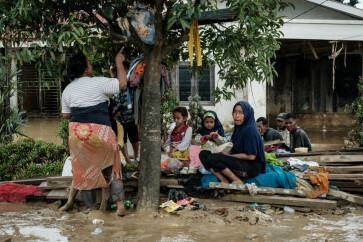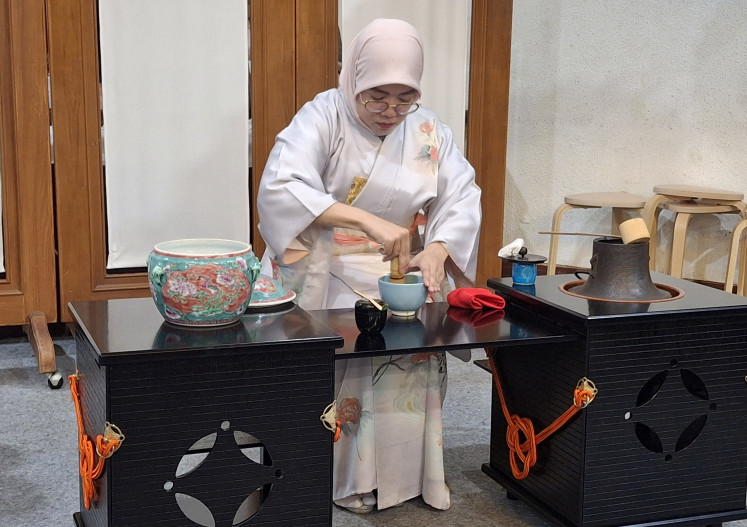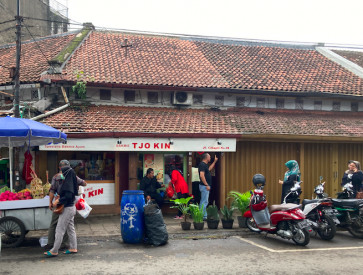Popular Reads
Top Results
Can't find what you're looking for?
View all search resultsPopular Reads
Top Results
Can't find what you're looking for?
View all search resultsIs Jl. Cihapit’s newfound trendiness another case of gentrification?
Change text size
Gift Premium Articles
to Anyone
A
s the iconic traditional market and its surroundings in Bandung face a surge of tourists in search of a hip scene, concerns have been raised about gentrification and shifting demography.
In the not-so-distant past, few people in Bandung would have thought of spending leisure time on Jl. Cihapit after sundown. Aside from small warung (kiosks), there was barely anything left to do after the traditional market at its center closed for the day.
Recently, however, the area has found new fame as a center of hipness. With many visitors posting images of their time in the area on social media, the neighborhood’s face has become younger. Creative businesses and communities sharing the same ideals and aesthetic sensibilities started moving into the area, turning it into one of Bandung’s trendiest areas.
With relatively walkable areas consisting of a mix of old, heritage businesses and new ones, Jl. Cihapit is a neighborhood that resembles a miniature city. Its sustainability, however, is often questioned by Bandung’s creative communities and even those who have built new, successful businesses there. The question is whether its current form is at odds with the neighborhood’s preexisting socioeconomic structure.
Eye of the storm: The entrance of gift shop Grammars is pictured as the store prepares for a show, called The Uppercase Rhythm, on Nov. 13. (JP/Anindito Ariwandono) (JP/Anindito Ariwandono)Graveyard shift
“Keu’eung, Mas [eerily quiet, brother],” said Anton, the proprietor of Trikuto, a coffee shop on Jl Cihapit, regarding how the situation there used to be after peak morning time. He used a Sundanese word.




















